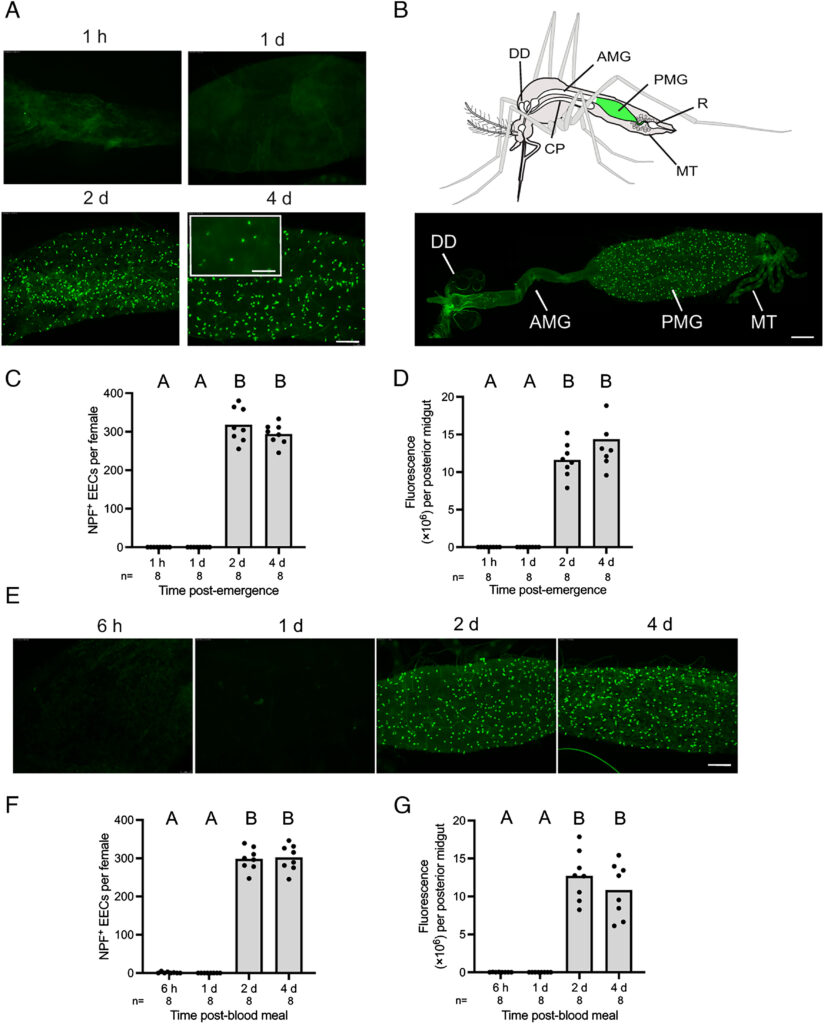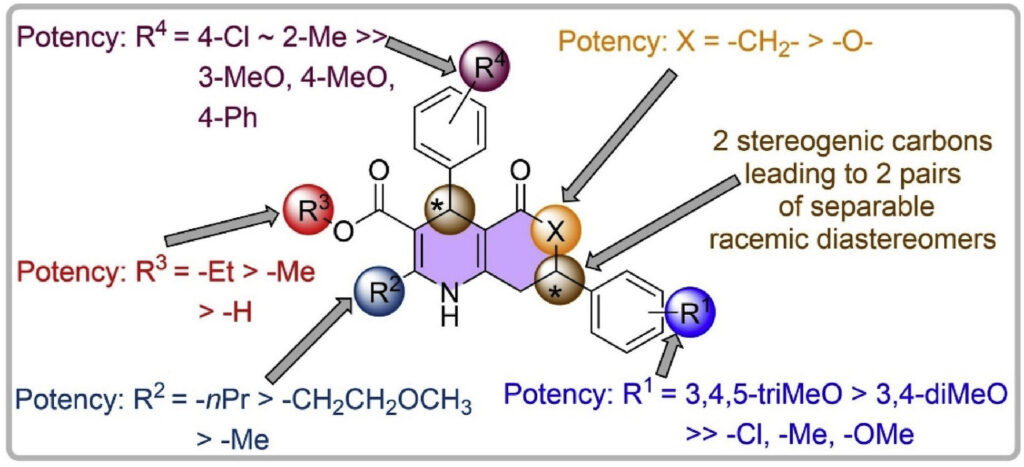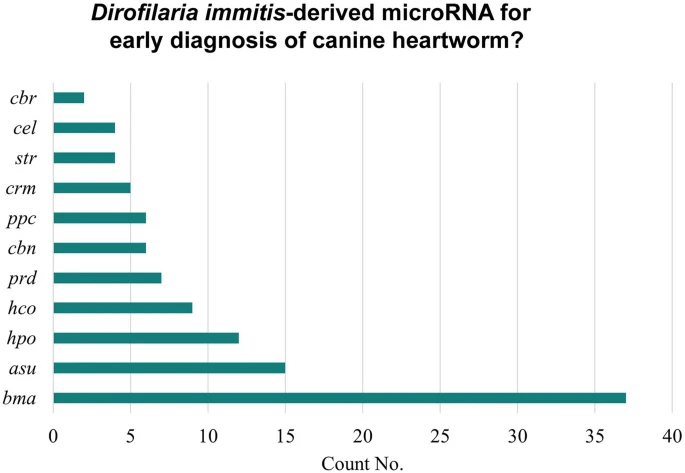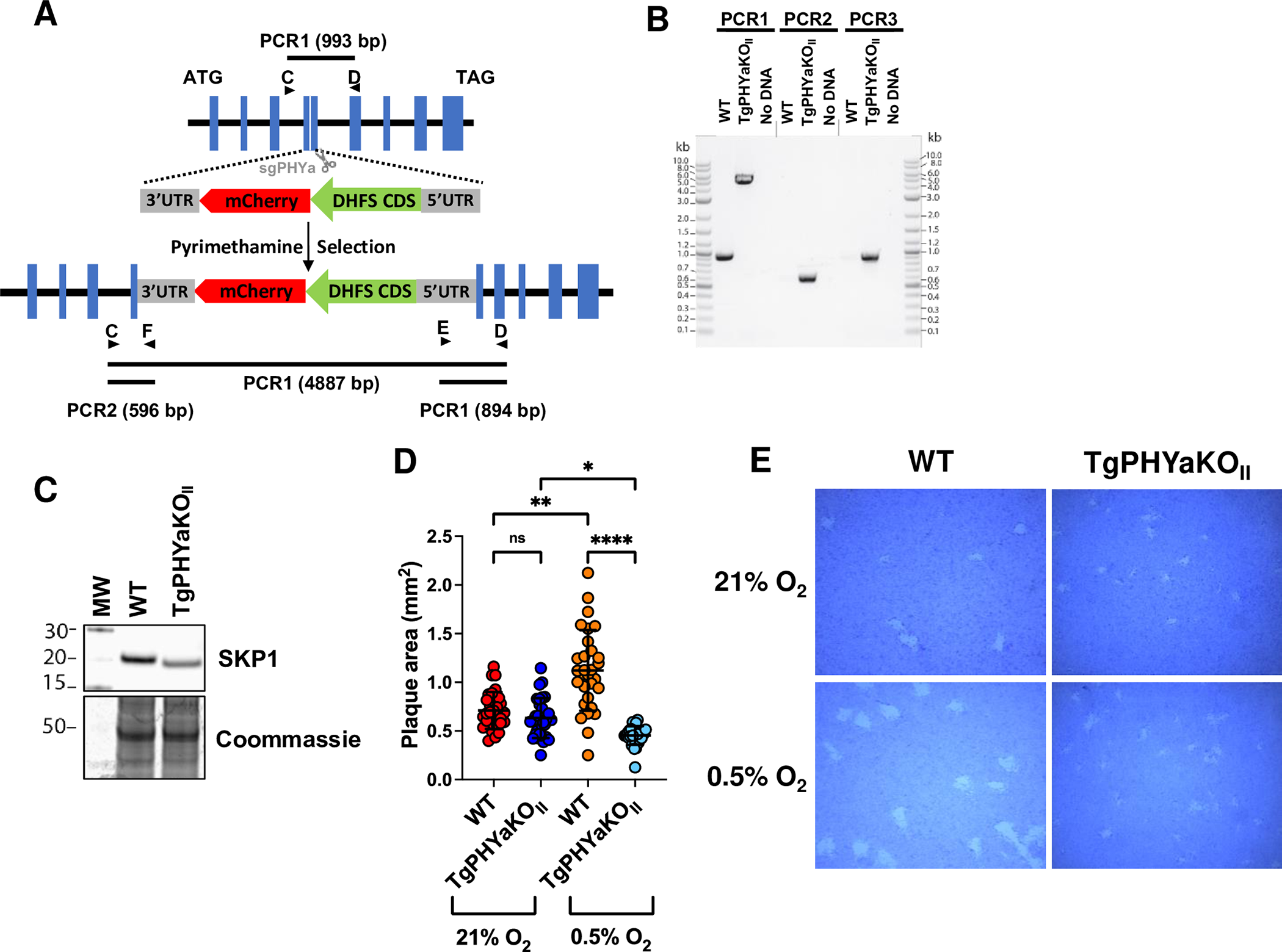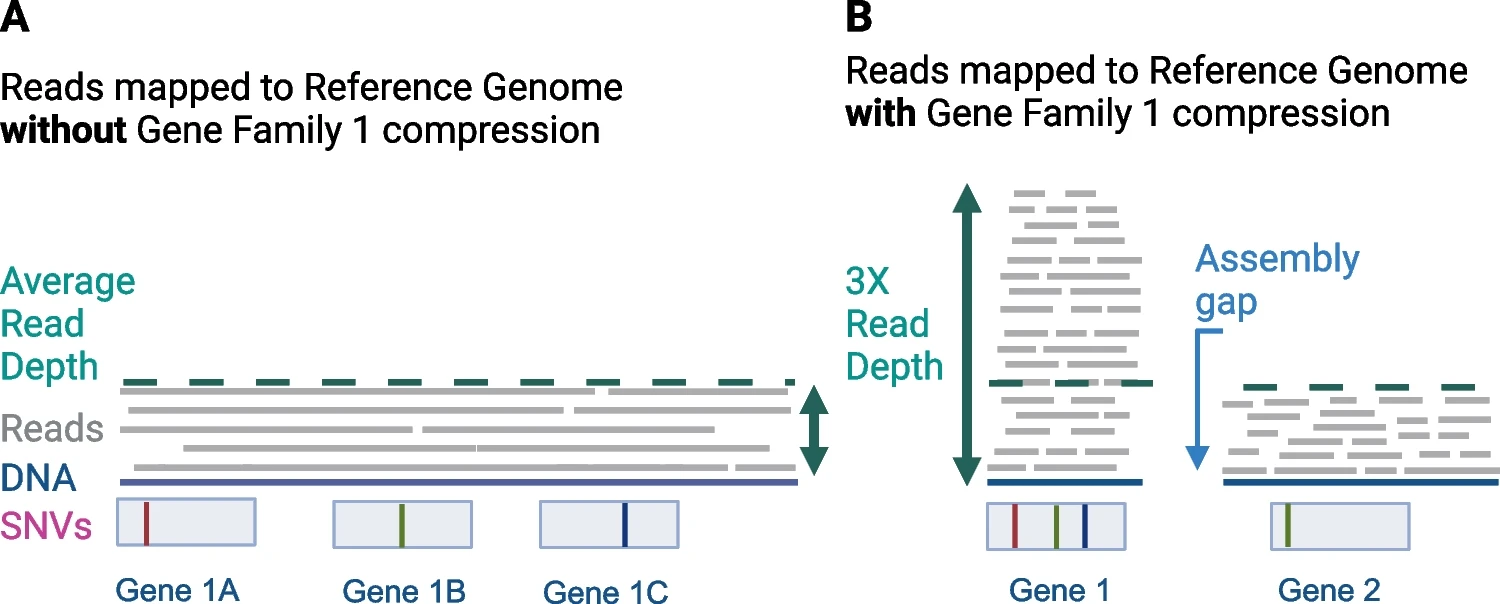Seeing the unseen: illuminating Toxoplasma gondii’s metabolic manipulation
Intracellular infection by a pathogen induces significant rewiring of host cell signaling and biological processes. Understanding how an intracellular pathogen such as Toxoplasma gondii modulates host cell metabolism with single-cell resolution has been challenged by the variability of infection within cultures and difficulties in separating host and parasite metabolic processes. A new study from Gallego-Lopez and colleagues (G. M. Gallego-López, E. C. Guzman, D. E. Desa, L. J. Knoll, M. C. Skala, mBio e00727-24, 2024, https://doi.org/10.1128/mbio.00727-24) applies a quantitative imaging approach to evaluate the host cell metabolism during intracellular infection with Toxoplasma. This study provides important insights into host metabolic responses to Toxoplasma infection and offers a valuable tool to dissect the mechanisms underlying parasite infection and pathophysiology.
Diego Huet, Victoria Jeffers. mBio. 2024 Jul 12:e0121124. doi: 10.1128/mbio.01211-24.



